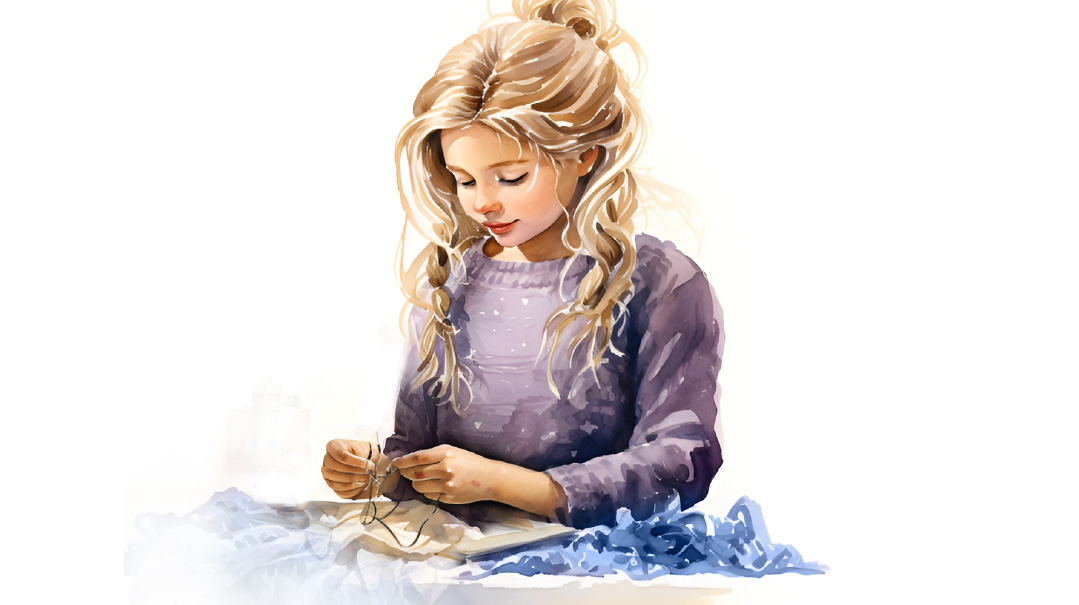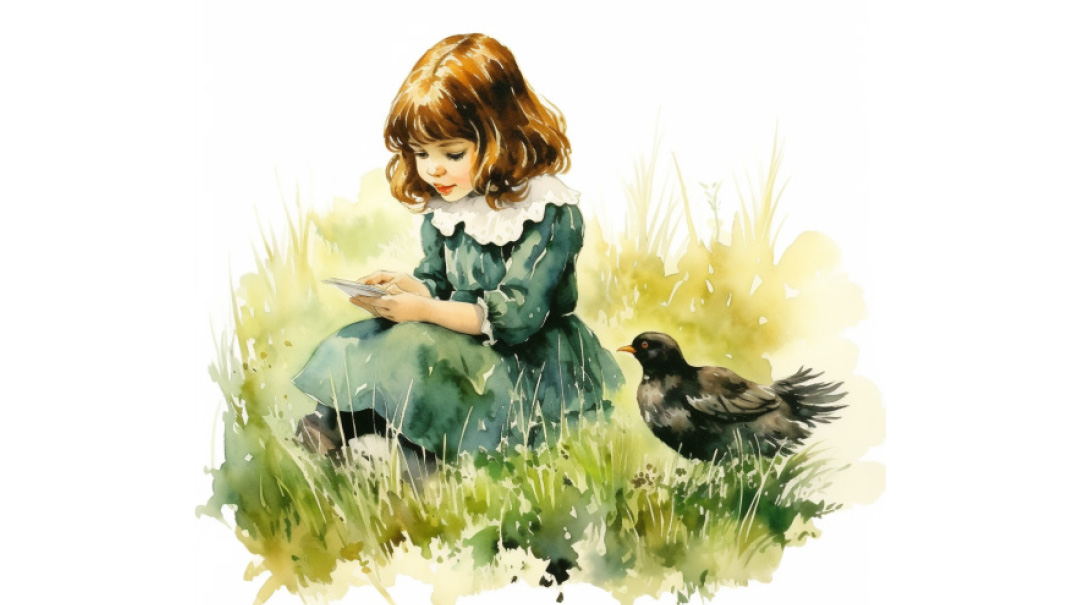Lakefront Property

A seaworthy craft, a watery expanse, and a cottage on the shore

Trigger: Adhesive aluminum lettering
Location: Belle Ewart, Ontario
If you have Torontonian cousins, you may have heard of it. Pronounced in an affected Canadian accent, which makes the “o” sound, to the New York ear, like a gaping yawn, the term “the Cottage” can refer to one of several destinations. The oldest and best-known is Belle Ewart.
Located about 50 miles north of Toronto, Belle Ewart is a small, shtetl-like township that hugs a corner of Ontario’s fourth-largest lake, Lake Simcoe.
When I was growing up in the 90s, we spent all of July at 1149 Claver Avenue in Belle Ewart, morphing into amphibious creatures as we vacillated between lake and sun, lake and sun, lake and, ah… sunset. Sunsets are always beautiful, but when that ball of fire dips into a horizon-less shimmering expanse, it’s more majestic than when it bumps into tall buildings.
In those good old days, most cottages were about the same size: small. Few had more than one story, and most were built with siding as opposed to brick or wood. (Things have changed since then, and some of the cottages today are, shall we say, a bit more sophisticated.)
“The Cottage” isn’t exclusively Jewish. Belle Ewart functions as a regular town, and, true to Canadian culture, is open to all ethnicities. Still, come summertime, when some 50 frum families would make Belle Ewart home for two months, we quickly became the overwhelming majority.
After years of waterlogged summers transitioning between rowboats, paddle boats, inflatable dinghies that punctured upon impact, and plain old-fashioned swimming, my father decided that it was time to up the quality of our nautical experience. In 2000, when I was nine years old, he ordered a secondhand motorboat from an early version of something like Craigslist.
Several days later, a truck showed up bearing the newest addition to our Cottage experience. We prepared to be super excited for our seaworthy craft, but as the driver unloaded his cargo, we quickly realized that excitement would not be our primary emotion. Rather, it was pity, because the motorboat was, essentially, a rowboat. The boat’s motor was a white chunk of machinery with a small gas tank that got clamped against a little plank of wood screwed to the back of the boat.
It was basically a rowboat. With an attached motor.
We all gathered around, staring at the sad contraption — but what really tugged at our heartstrings was the adhesive aluminum lettering plastered upon the boat’s side: “THUNDERBLASTER,” it read.
We never knew the identity of the guy who sold us the boat, but whoever it was, we feel you, man. All your life, you wanted a thunder-blaster — and life threw you a rowboat. Sir, we respect you. You persevered. You went out and purchased lettering, and you called a spade a shovel. You wanted a thunder-blaster, and you made sure you got one.
We, however, were not easily swayed. Call it what you want, this boat was not blasting any thunder. And so, my very quirky older brother knelt down and began to peel. Off came the T, then the H, then the U. The N stayed but the D was removed. E remained, as did B; L and A were summarily dismissed.
The result?
“NEBSTER.”
Rowboat, welcome to reality.
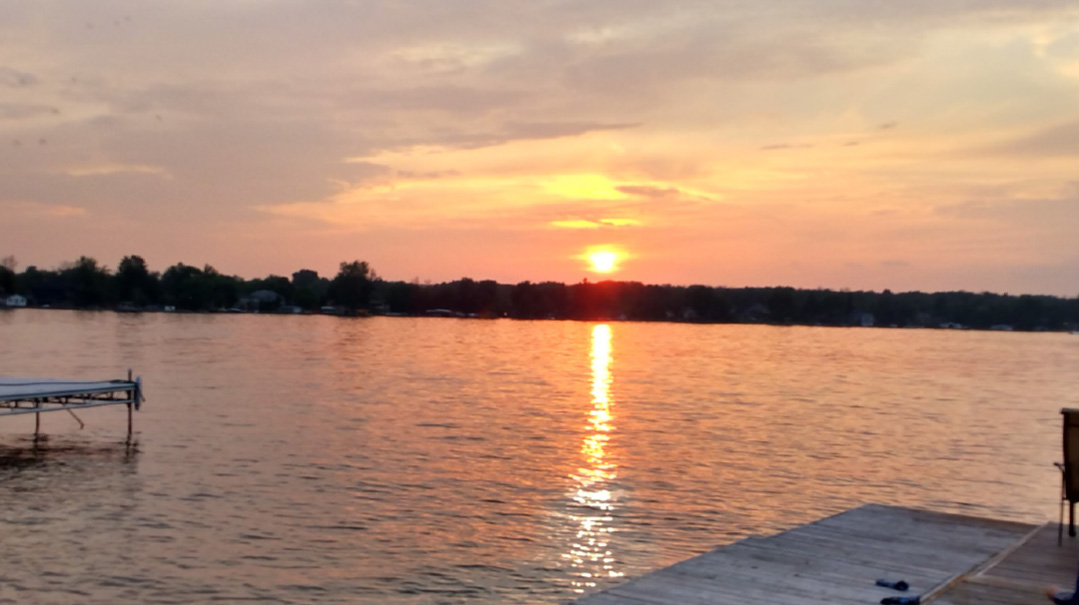
Sunset at the Cottage – a sincere farewell from a glorious day with the hope for an even better tomorrow
B
elieve it or not, the Nebster actually worked great; it wasn’t long before we (begrudgingly) came to love it. A banana-shaped piece of tin, it had three metal benches, enough to seat about six per ride. Getting the motor started was always something of a miracle; at times, the yanking of the ripcord would be met with a really awkward silence. But typically, with some coaxing, it would cooperate, and we would squeal with excitement as it roared to life. The Nebster flew around Lake Simcoe, swift and steady, spraying water in all directions, including right in our faces.
Because our cottage was owned by my grandparents, it was always flooded with cousins. Long lines would gather on the dock as my father took group after group on Nebster spins. We bought a tube, which connected to the boat by a long rope; the rule was, “If you’re scared, scream.” But over the roar of the Nebster’s motor (which was as loud as a thunder-blaster) we couldn’t hear anything, of course, so whoever was on the tube just suffered until we pulled to a merciful stop.
When a full day of Nebstering was over, we’d haul it onto dry land, detach the motor, and lock the boat to a tree that has existed since Sheishes Yemei Bereishis.
That is, if we didn’t forget.
I remember late one night, the entire Belle Ewart was quaking under a vicious storm.
“The Nebster!” we realized suddenly. “It’s still anchored in the lake — we forgot to bring it in!”
My father and I raced into the rain, which was coming down in torrents. Sure enough, there was most of it; the rest was getting submerged pretty quickly. We jumped into the lake and, with some negotiation, managed to heave the Nebster to safety. (If you’ve never hauled a boat out of a lake in the dead of night surrounded by relentless three-foot waves all while sheets of rain smother you from overhead, you should try it sometime.)
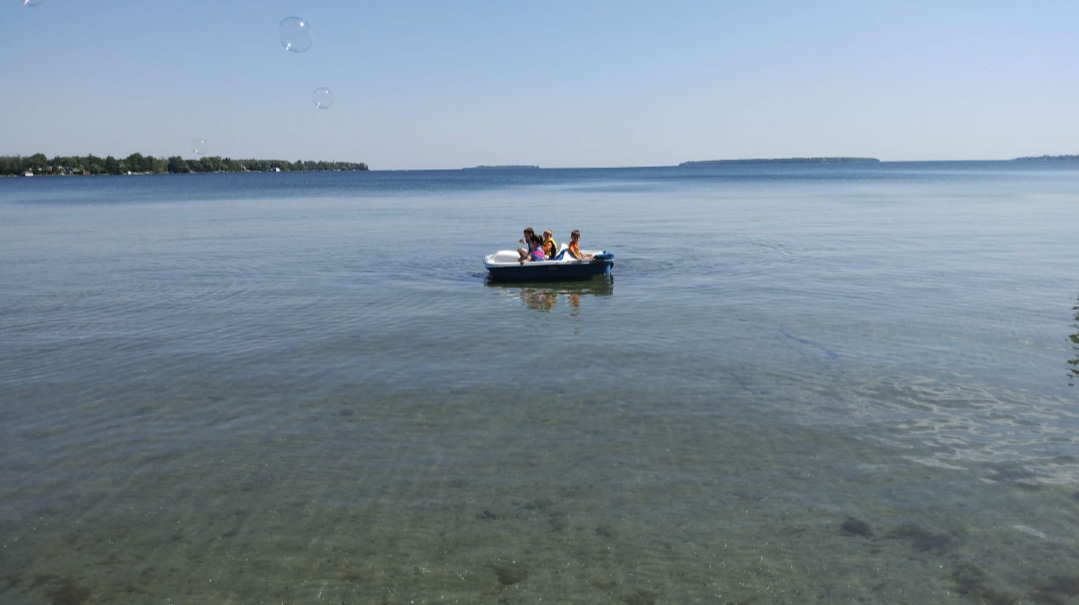
It may not have been the most glamorous of sea craft, but the Nebster was a highlight nonetheless
The Nebster and Cottage life in general were a great escape from urban Toronto, a weeks-long embrace of nature and a far more relaxed lifestyle. Belle Ewart bustled with children, racing from cottage to cottage on bikes or roller blades. There were tennis matches, baseball games, and of course intense water fights.
But these high-level activities don’t stand out much in my memory; Botnicks are boring pacifists and chronic bookworms. Our idea of fun was loading up the paddleboat that predated the Nebster with piles of books, frozen strawberries, water bottles, and Mom’s chocolate chip cookies. We’d go far, far, far out for hours, baking in the sun, jumping in the water to cool off, and then clambering back on to finish one book and move on to the next.
Although the streets were filled with young families, the cottage owners were all from the previous generation. They would come out and sit on lawn chairs, watching the boats and the action with a mixture of nostalgia and gratitude on their faces. They were larger-than-life personalities, some of them survivors of a time when a lighthearted vacation seemed like an alternative universe, while others were emigres from before the war. Their world was purer, more natural, and more vibrant than ours, and the entire Cottage culture was molded by that character; not in the lake so much, but in the shul.
Ah, the shul. Who could forget the Belle Ewart shul? Established in 1944, not much has changed since then. It’s a quaint building, made entirely of wood, situated on a massive double property, much of which is used as a parking lot. It was teeming with kids in those days, and, with no hallways available, davening was a two-hour game of capture-the-flag or whatever else might result in shredded Shabbos pants.
The kiddush was a whirlwind of Crown Royal, herring, and the clash of Hungarian humor and Galitzianer wit. For some reason, there was a custom to serve smoked fish at the kiddush. Much as adhesive aluminum lettering reminds me of the Nebster, smoked fish reminds me of the Belle Ewart shul.
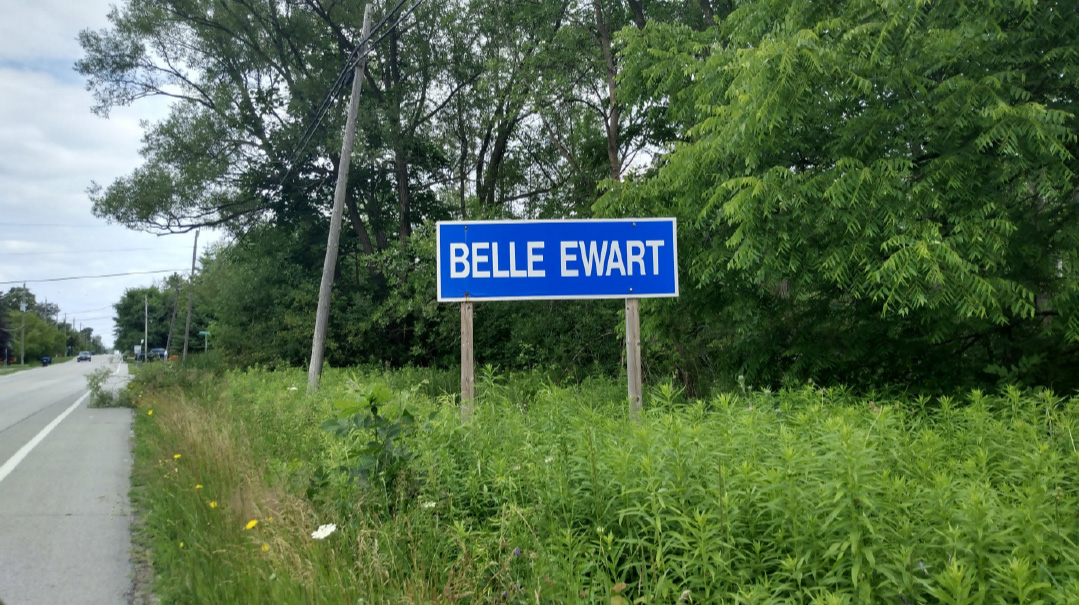
This humble sign has welcomed visitors to “the Cottage” for decades
As destiny would have it, I married a fellow Belle Ewartian. To this day, we make it a point to spend summers in our grandparents’ vacation homes. But things aren’t what they used to be: the grandparents are no longer, and no one can fill those shoes. Much of the younger generation has left Toronto, living in Lakewood or elsewhere, too many miles from Belle Ewart to make the journey worthwhile. Today, the Cottage sees only a fraction of the young families it once did.
And the Nebster? It too began to lose its youthfulness. As time passed, the motor caused more problems, and the gas tank started malfunctioning. At some point the “B” fell off, joining T-H-U-D-L-A-S in the watery graveyard of rejected relics.
Eventually, we purchased a more functional substitute. Meanwhile, the Nebster sits languishing in our cottage’s backyard, an old piece of furniture we simply can’t get rid of. But the majestic lake upon which it rode remains, lapping softly against the shore, forever holding the thrilled laughter and terrified shrieks of that wonderful place called the Cottage.
Shmuel Botnick is a contributing editor to Mishpacha magazine.
(Originally featured in Mishpacha, Issue 973)
Oops! We could not locate your form.

